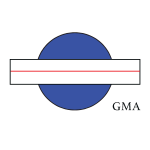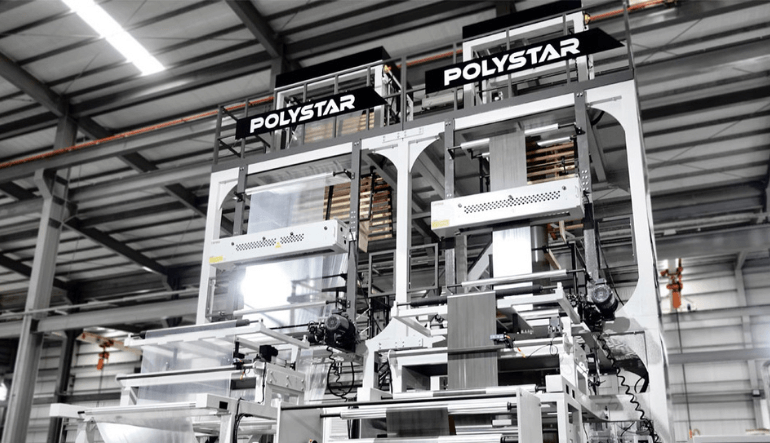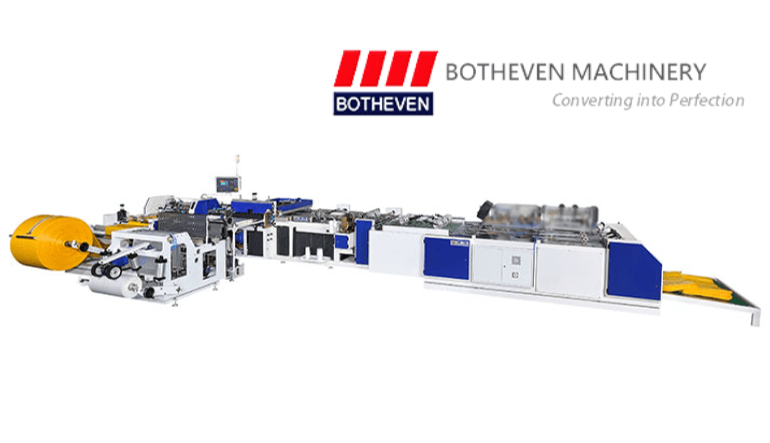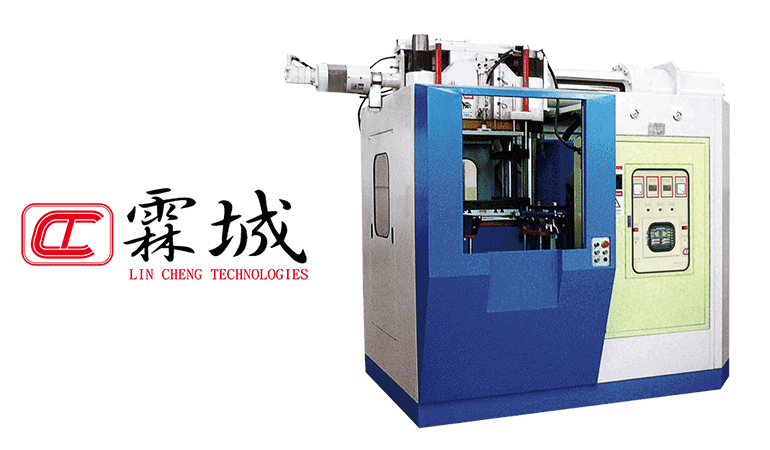Key Point of Lithium-Ion Battery: Coating Technique
As the usage of 3C products and electric vehicles continues to surge, it propels the rapid growth of the lithium-ion battery industry. Lithium-ion batteries exhibit remarkable characteristics, boasting high volume and weight energy density (see Figure 1). Notably, they are free from toxic chemicals like cadmium, nickel, and mercury, making them lightweight and environmentally friendly. This aligns perfectly with customer expectations.
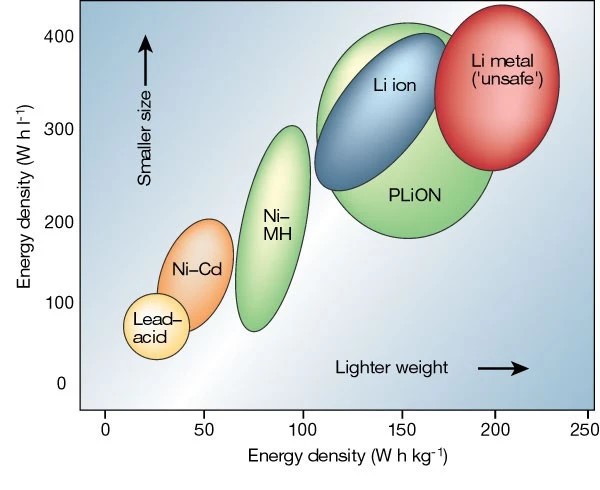
Figure 1: Lithium-ion batteries exhibit remarkable characteristics, boasting high volume and weight energy density
Figure 2, sourced from IDTech Ex, vividly illustrates the astounding upward trajectory of the lithium-ion battery market. Supported by compelling statistics and forecasts, it is projected that by 2025, the market for lithium-ion batteries will surpass a minimum of US $50 billion. Some experts even speculate that it could exceed US $100 billion. This upward trend shows no sign of abating, with a growing number of companies venturing into this burgeoning industry.
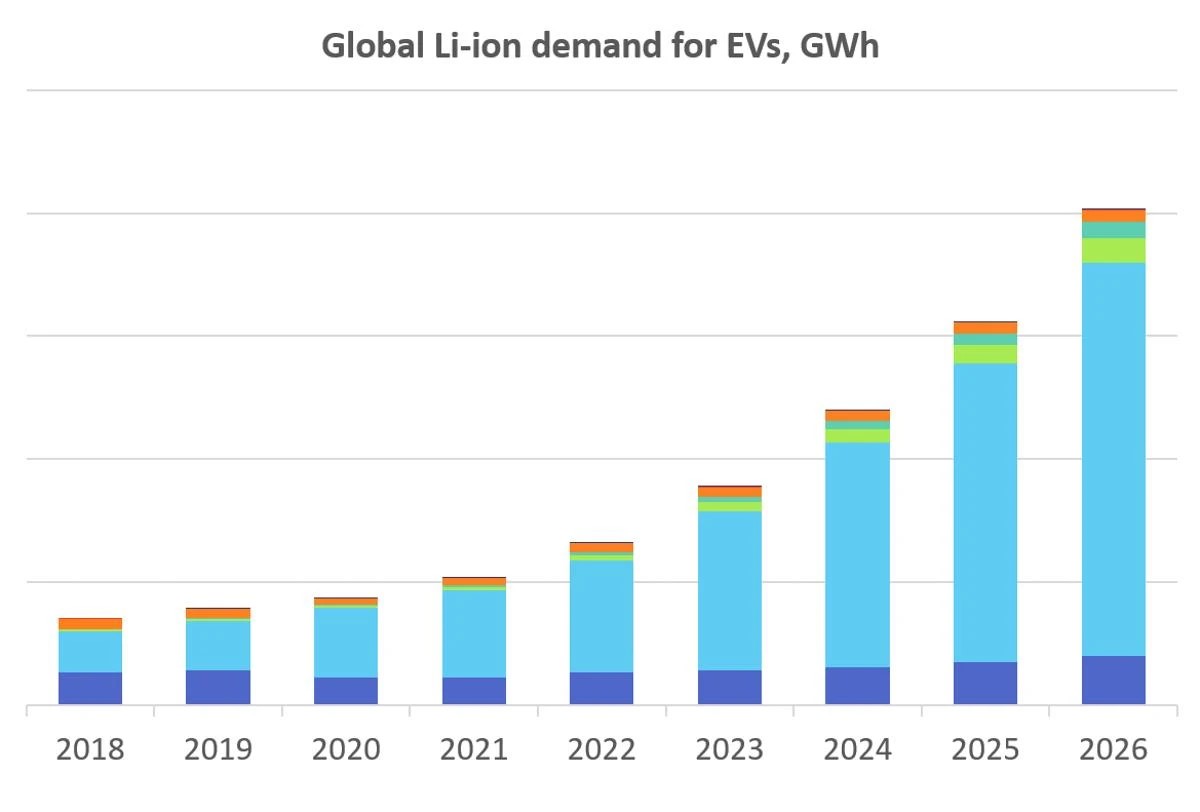
Figure 2: Form the bar chat, it shows the astounding upward trajectory of the lithium-ion battery market. Supported by compelling statistics and forecasts, it
Lithium-ion batteries line consist of several key components, including the positive electrode slurry, negative electrode slurry, isolation film, and electrolyte. The production process involves crucial steps such as slurry preparation, coating, winding, packaging, and testing (see Figure 3 for detailed information). Among these processes, the critical focal point is achieving an even and uniform coating of the positive or negative electrode slurry onto the respective copper foils. This uniform coating is essential for ensuring the battery's optimal performance and reliability.
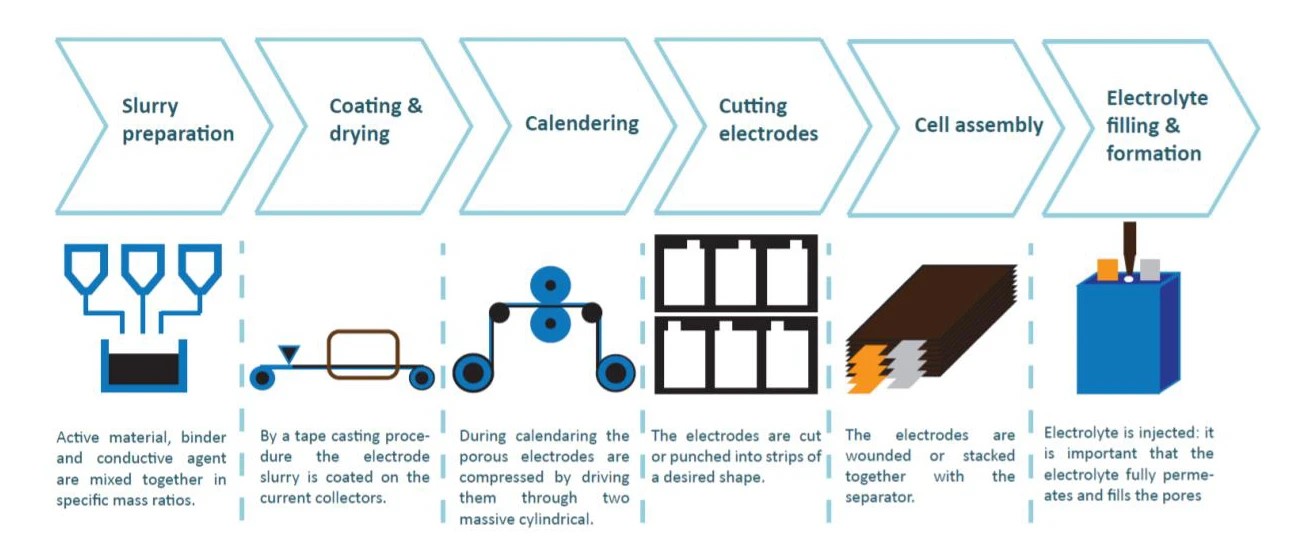
Figure 3. Lithium-ion batteries line consist of several key components,The uniform coating is essential for ensuring the battery's optimal performance and reliability.
In the early stages of lithium-ion battery production, a commonly used coating method was referred to as the "Comma" technique (as shown in Figure 4), or self-metering coating. This method gained popularity because of its ease of operation and cost-effectiveness. However, it posed challenges in achieving uniform coating thickness due to variations in fluid properties, resulting in what is known as the "coating edge effect." Additionally, using an open storage tank had the drawback of solvent volatility, leading to non-uniform slurry viscosity, slower coating speeds, and the inability to simultaneously coat both electrodes. These limitations necessitated the development of more advanced and precise coating techniques in battery manufacturing processes.
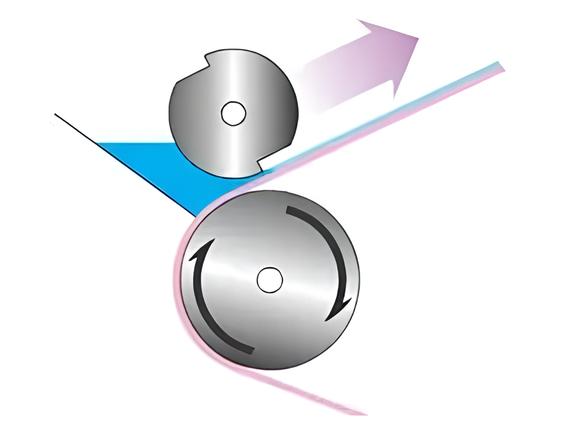
Figure 4 : Comma coating technique is used in the early stages of lithium-ion battery production.
GMA has dedicated extensive research and development efforts to perfecting the slot die technology over many years. Through the utilization of advanced CAE simulation systems, we have fine-tuned the channel design of slot dies, taking into account various slurry properties such as viscosity and shear rate, as well as production conditions. GMA offers a wide range of slot dies tailored to meet diverse customer requirements.
Drawing from our 30 years of processing experience, we have selected solvent-resistant alloy steel as the material for crafting slot dies. These slot dies undergo meticulous processes like super mirror surface polishing and fine grinding to ensure precision. These customized slot dies have gained popularity among users, with a growing preference for slot die technology, also known as pre-metered coating (refer to Figure 5), to enhance coating quality.
Slot die technology provides an optimal solution to the challenges posed by the Comma technique. Operators can easily set the desired coating thickness before the coating process, which results in consistent and even thickness. Moreover, the use of a closed storage tank eliminates contamination risks and prevents solvent volatilization, ensuring stable viscosity. This technology enables the achievement of uniform coating thickness, even at high line speeds exceeding 20 meters per minute, and supports dual-side coating.
Learn more: Let us work together to create more possibility of coating technology
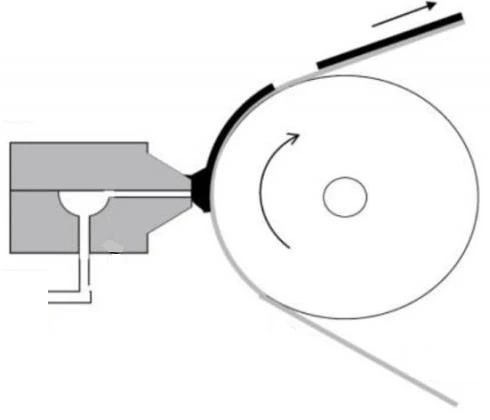
Figure 5 : Slot die technology provides an optimal solution to the challenges posed by the Comma technique
GMA doesn't just offer slot dies; we provide comprehensive solutions that encompass the entire coating process. This includes coating stations, ultra-precision adhesive wheels with an extraordinary tolerance level (roundness of 2 micrometers) for precise and thinner coatings, and ultra-precision bearings to eliminate any unwanted vibrations during roller turning. We also offer specialized cleaning devices designed to remove foreign particles from the roller surface. This meticulous cleaning process not only ensures defect-free coating layers but also safeguards against any potential damage to slot die lips caused by foreign contaminants.
Learn more: Want to enhance R2R coating quality? You must to know SMART rules.
Our commitment to excellence extends beyond equipment provision. The GMA team is dedicated to offering unique technological support to enhance and optimize your existing coating processes. We provide end-to-end technical services, covering equipment setup and operation. Our aim is to provide complete solutions that empower our customers to achieve the highest quality and efficiency in their coating operations.
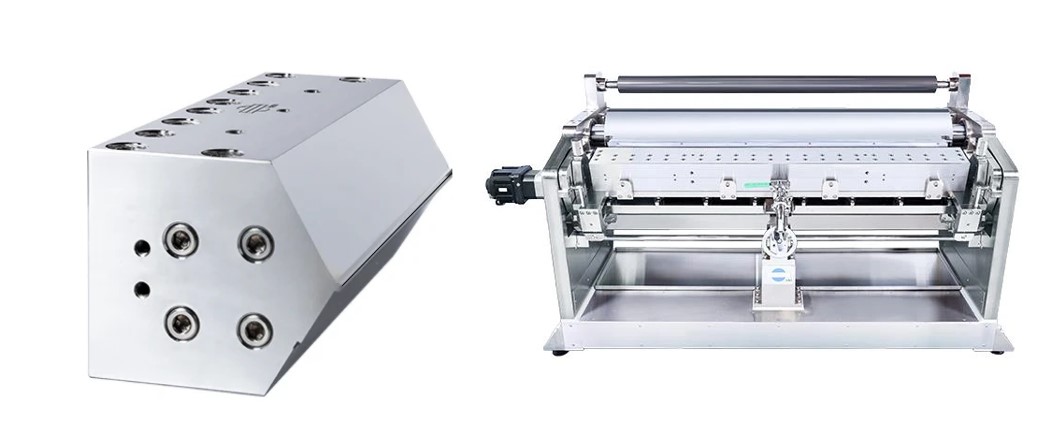
Figure 6: GMA slot die (left) and slot die coating (right), GMA slot with straightness and flatness at 2um, surface roughness below Ra.0.02um, the slot die coating includes high precision coating roller.
In 1991, the introduction of lithium-ion batteries marked a significant milestone for the entire world. John Goodenough, often referred to as the "father of lithium-ion batteries" and a Nobel Prize laureate in Chemistry in 2019, made the profound statement, "Lithium-ion batteries have revolutionized our lives and are used in everything." These batteries have indeed transformed our daily existence and continue to play a pivotal role in various applications.
The pressing concerns of energy conservation and environmental sustainability have further propelled the growth of the lithium-ion battery market. This flourishing market landscape has attracted an increasing number of competitors and is characterized by constant change and innovation. In such a dynamic environment, those individuals and companies that possess key technological insights and advancements will undoubtedly emerge as the winners. Keeping ahead of the curve in terms of battery technology will be essential in meeting the evolving demands of energy efficiency and environmental responsibility.
Engage with our experts, or reach out to us directly. We eagerly anticipate the opportunity to connect with you.
2023 Shenzhen International Film & Tape Exhibition
Date:2023.Oct.11th~13th
Venue: Shenzhen World Exhibition & Convention Center
Booth: 4B27
Video:
https://reurl.cc/o5g0y5
https://reurl.cc/z6eA6Q (for China clients)
Reference information:
(1)Tarascon J. M.; Armand M. (2001), Issues and challenges facing rechargeable lithium batteries. Nature, 414(6861), 359-367.
(2)A. Holland, J. Edmondson, L. Gear, D. Wyatt,P. Harrop,Lithium-ion Batteries for Electric Vehicles 2021-2031
(3) J. Smekens, R. Gopalakrishnan, N.V. Steen, N. Omar, O. Hegazy, A. Hubin, J.V. Mierlo (2016), Influence of Electrode Density on the Performance of Li-Ion Batteries: Experimental and Simulation Results. Energies, 2016, 9, 16.
Founded in 1989, the GMA Machinery Enterprise Co., Ltd. (GMA), an R&D team composed of senior design engineers and technicians with decade’s strong experience in sheet and film extrusion equipment and auxiliary parts, has been devoted to providing custom products based on customer requirements. With 30 years of continuous efforts, it is the leaders in Taiwan’s extrusion die industry.


